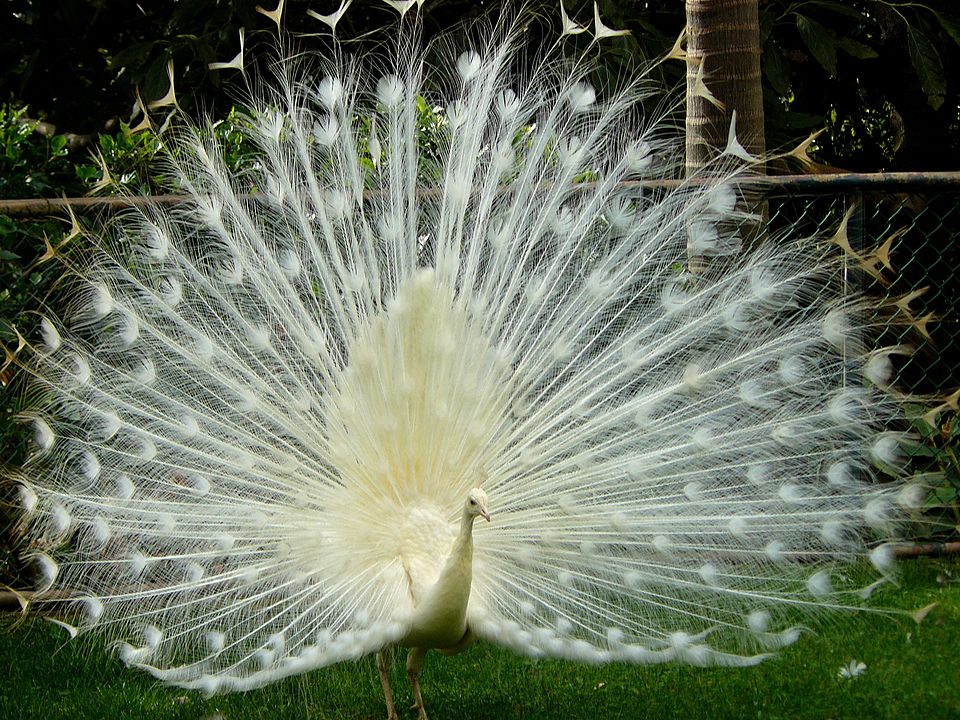Maruvian
The Maruvian people are the people of the Western Woods. It is a complex and diverse society encompassing human, gnomish, and nuél-orokhim practices, as well as influences from the Elemental Plane of Fire.
Naming Traditions
Other names
Family names are not given in Maruvian cultures. Personal names are often long, multisyllabic, and unique, but accompanied by a more informal nickname. Particularly important titles, such as Archdruid or Rangatira, are appended to the end of the personal name. Some titled elders discontinue use of their full personal name, even in formal settings, as a sign of humility.
Culture
Major language groups and dialects
Important Maruvian texts, such as proclamations from the Kháivara Conclave, are largely written in Orokhimshe and Marucommon concurrently, as well as transliterated in Uvoslova. These are disseminated in the common languages of any given enclave-grove as needed.
Shared customary codes and values
The highest value of Maruvian society is responsible stewardship of the woods and their inhabitants.
When beliefs about this stewardship (or any other aspect of society) vary between individuals, direct and passionate defense of one's viewpoint is seen as the best solution. Heated disagreements are thought best settled in formal competition, with rules and stakes clearly and fairly laid out at the start. Failure to follow their agreed-upon rules or accept their outcomes is considered antisocial behavior.
Average technological level
Though Maruvian technology bears little resemblance to that found in the rest of Belcantas, it is equally advanced in most aspects and surpasses them in many. Low-footprint, highly adaptable agricultural and architectural practices, developed over millennia, are capable of sheltering and sustaining the Maruvian peoples even in the unpredictable environments of many groves. Their knowledge of the inherent resonances of trees rivals the arcanomaterial capabilities of dwarven metallurgy and elven jewelrymaking, allowing for powerful Magic Weapon Enhancements.
Art & Architecture
Maruvian architecture is known to incorporate the natural environment of the Western Woods as it grows. For instance, the Kháivara Longhouse is lashed to the trees around which it is founded, and therefore grows along with its environment. In response, the number of Rangatiriin the Kháivara Conclave grows proportionally alongside the size of their meeting hall.
Common Customs, traditions and rituals
The most common gods worshipped by the Maruvians are the Titans (particularly Prometheus and Gnotan) and various nature-aspect deities, largely from the Pioneer Dynasty. Small pockets of Danuvian and Arawnian veneration exist near the Crown-Fire Grove, but these bear little resemblance to their formalized counterparts in Scalados. Veneration of aspects of the Great Beast-Spirit is also a common practice.
Common Taboos
Disturbing an albino or leucistic animal, particularly by tracking or hunting it, is considered extremely disrespectful. Many believe these are avatars of the Great Beast-Spirit, and many legends exist of dire consequences for those who displease them. In some places, this belief extends to all particularly exceptional specimen of a species, whether or not their appearance is unusual.
Common Myths and Legends
The tale of Reshvaun Tsuun in The Extinguishing is one of the most famous stories in Maruvian culture, as it marks the first introduction of the nuél-orokhimshe population that have heavily influenced the culture. Reshvaun and his 119 surviving clansmen escaped the Roc-Talon Horde by hiding in the Haumaru Glade, where a Prozhg'atua destroyed the incoming invaders' encampment while leaving Reshvaun and his Maruvian allies alive.
Stories of mysterious punishments and transformations, attributed to the will of the forest itself, also make for popular legends. Because of the mysterious magical connections of many of the Woods' glades and groves, a number of these—even fantastical ones—have credible eyewitnesses and are widely believed to be true.
The deeds of individual rangatiri are often the subject of orations, folk songs, and dances. Stories that spread further east among the Torch of Tygrar and others are often misinterpreted to be stranger than they are. (An example is the story of The Rangatir'iti, a miracle-working cleric of short stature who foreign retellings often mistake for a precocious young boy.)
Major organizations
The ruling organization of the Maruvian people is the Kháivara Conclave. The Rangatiri appointed from their various communities represent them at the Conclave's thrice-annual meetings.
Regionally, druid circles perform many of the traditional functions of local government. Particularly prominent circles include the Circle of the Lightkeepers and the Circle of the Crown-Fire Keepers.
Parent ethnicities
Related Locations



Comments